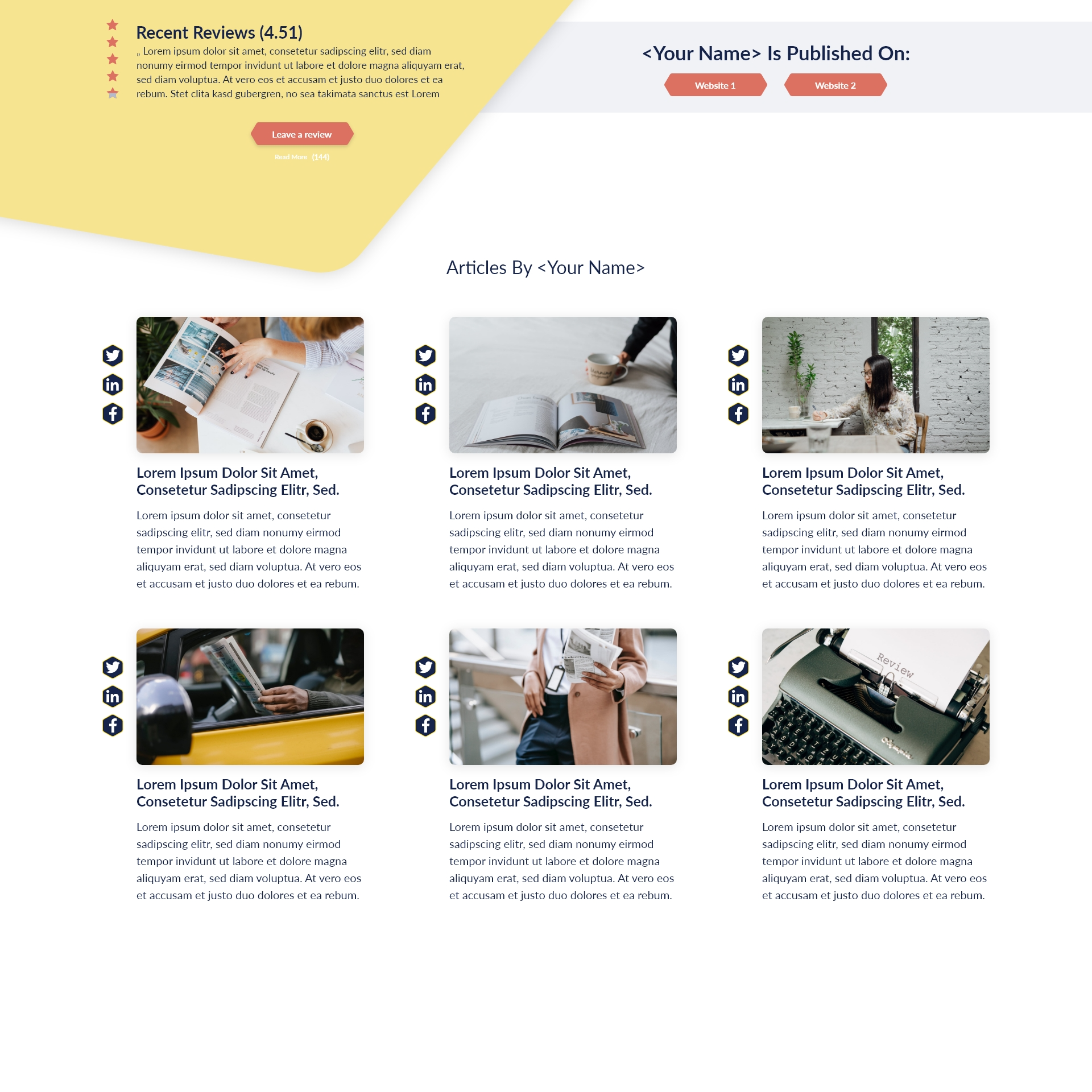Key Takeaways:
- Emotional intelligence is fundamental to effective leadership and sustainable employee productivity.
- Motivation and performance are deeply connected; leaders must address both individual and team drivers.
- Choosing and adapting leadership styles can transform team dynamics and results.
- Reducing workplace distractions and using effective delegation techniques empowers teams, builds trust, and enhances efficiency.
- Implementing clear metrics and regular feedback ensures continuous improvement and engagement.
Fresh Leadership Approaches for Lasting Results
Achieving stellar results in the modern workplace goes far beyond meeting quotas and deadlines. Today’s leading organizations recognize that productivity thrives when leaders harness emotional intelligence, establish trust, and foster committed motivation among their teams. By mastering these elements, leaders spark sustained growth and cultivate high-performing, engaged teams—a crucial advantage in a competitive environment.
Understanding the Foundations of Employee Productivity
What Truly Drives Employee Productivity in Modern Workplaces?
Contrary to outdated beliefs, productivity is not solely driven by long hours or micromanagement. Instead, genuine productivity stems from both individual well-being and workplace culture. Employees become more productive when they feel valued, challenged, and aligned with company objectives. A sense of purpose, recognition, and clear connection to the broader mission are vital motivational levers.
Exploring the Link Between Motivation and Performance
Motivation is the engine that powers performance. Intrinsic motivators—such as professional growth, autonomy, and the opportunity to contribute—fuel higher engagement than extrinsic rewards alone. Leaders who help people find meaning in their work and recognize their achievements see measurable gains in output. When motivation wanes, so does productivity; leaders must keep their finger on the pulse of what inspires their teams.
Improving Team Motivation in the Workplace
Techniques to Inspire and Energize Different Teams
Leaders must acknowledge the diversity of personal drives within a team. Customizing motivational strategies can unlock latent potential:
- Set clear, achievable goals: Provide direction while ensuring objectives are attainable, creating a cycle of accomplishment and reward.
- Celebrate small wins: Recognition of incremental successes builds momentum toward larger achievements.
- Encourage professional development: Offering learning opportunities shows commitment to employees’ growth, increasing loyalty and performance.
The Role of Leadership in Sustaining Team Morale
Leaders who remain visible, accessible, and empathetic foster an environment of trust. Open dialogue, regular check-ins, and genuine interest in team members’ well-being help prevent burnout and maintain engagement, even during complex projects or challenging periods.
Best Leadership Styles for Productivity: What Works and Why
Comparing Transformational, Transactional, and Servant Leadership
- Transformational leaders inspire by articulating a compelling vision and fostering innovation. They encourage employees to reach beyond their perceived limitations.
- Transactional leaders focus on routine, processes, and rewards for performance. While efficient for stability, this style may not always encourage long-term engagement.
- Servant leaders prioritize the growth and well-being of their teams, building a culture grounded in support and shared purpose.
Adapting Your Style to Fit Team Dynamics
There is no universal approach to leadership. Effective leaders flex between styles, considering the team’s strengths, needs, and organizational goals. Regularly seeking feedback helps leaders identify which approach best supports productivity at any given time.
Impact of Emotional Intelligence on Employee Output
How Managers’ Self-Awareness Elevates Team Productivity
Emotional intelligence (EQ) underpins successful leadership. Managers who understand their own triggers and emotions can better regulate their responses and model constructive behavior. This self-awareness creates a calm, trustworthy atmosphere where employees feel safe to contribute ideas and innovate.
Emotional Intelligence Training for Measurable Outcomes
Equipping teams with emotional intelligence skills—like empathy, clear communication, and conflict resolution—leads to smoother collaboration and fewer misunderstandings. Investing in EQ training promotes resilience and adaptability, leading to higher sustained productivity, even under pressure.
How Managers Can Reduce Workplace Distractions
Identifying and Minimizing Top Productivity Killers
Common workplace distractions—such as unnecessary meetings, constant digital notifications, and unclear priorities—sap focus. Leaders must help teams:
- Set boundaries for digital communication.
- Limit meetings to only those that are essential, with clear agendas.
- Clarify priorities and minimize task-switching to encourage deep work sessions.
Scheduling Strategies for Optimal Work Results
Encourage time-blocking and designated ‘focus hours’ for uninterrupted work. Leaders can also model this behavior by protecting their own time, signaling to teams that it’s acceptable—and important—to prioritize quality work over constant availability.
Effective Delegation Techniques for Leaders
Empowering Employee Autonomy and Its Effect on Efficiency
Delegation does more than share the workload—it empowers employees, boosts confidence, and accelerates professional growth. Leaders should:
- Match tasks to individuals’ strengths and developmental goals.
- Provide clear expectations and resources needed for success.
- Step back and allow autonomy, while remaining available for support.
Building Trust Within Leadership Teams Through Smart Delegation
Trust is the backbone of effective delegation. Leaders who relinquish control and trust their employees foster accountability and ownership. Over time, this creates a resilient team culture where members are proactive and less dependent on constant supervision.
Measuring Employee Performance in Teams
Key Metrics for Tracking Productivity Improvements
High-performance teams track results using a blend of quantitative and qualitative metrics. Key indicators include:
- Output volume (projects completed, tasks accomplished)
- Quality of work (error rates, client feedback)
- Employee engagement scores
- Timeliness and adherence to deadlines
Regular analysis helps identify trends, celebrate areas of progress, and nip potential issues in the bud.
Using Feedback to Boost Staff Engagement and Accountability
Feedback should be constructive, timely, and two-way. Regular check-ins, performance reviews, and open forums keep employees invested in both their outputs and personal development. An environment where feedback is encouraged—rather than feared—drives continuous growth and greater ownership of goals.
Ready to Elevate Your Leadership?
Being a better leader requires more than technical expertise. By embracing emotional intelligence, cultivating trust, and applying proven motivational strategies, leaders create an environment where productivity and satisfaction flourish. Start small—choose one strategy to implement this month, gather feedback, and measure results. Over time, these incremental improvements will lay the foundation for a more engaged, high-performing team and lasting organizational success.








